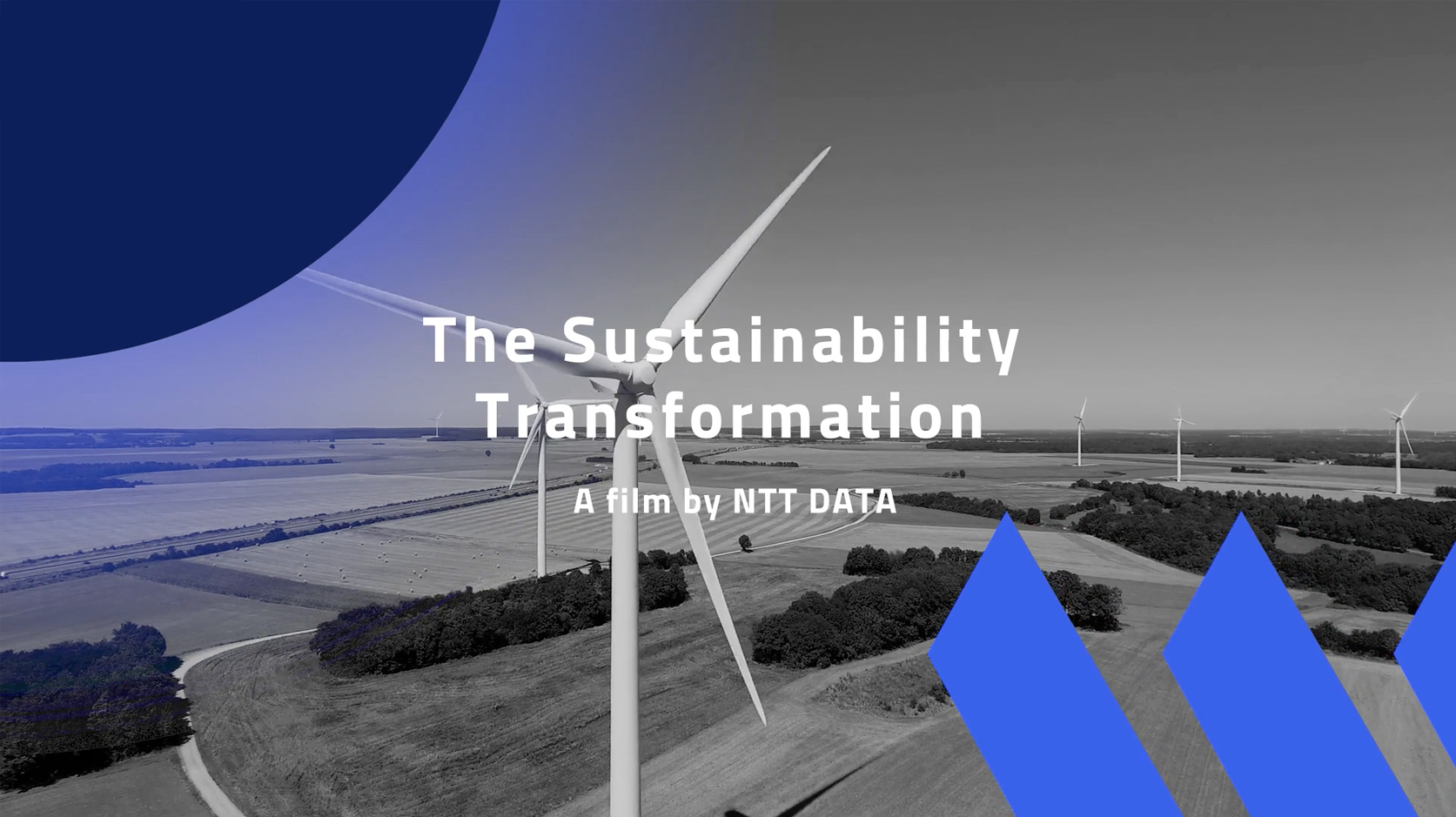
Time and time again, nature reminds us that sustainability is the most pressing issue in this day and age. And it is safe to say that it will stay this way for years and even decades to come.
Natural catastrophes like wildfires or floods occur regularly all over the globe, which serve as warning signs and explicit calls for action. These phenomena make it evident that we need to intensify our efforts to find a more sustainable lifestyle. And it has to happen as quickly as possible because current reports of the Intergovernmental Panel on Climate Change (IPCC) are once again alarming.
When it comes to the business world, many companies have already adjusted their individual strategies and business practices to operate more responsibly. Corporations that are already on board have understood their corporate social responsibility (CSR) assignment at a high level and try to contribute to the longevity of our planet. This development is beginning to move in the right direction – but we need them to do more.
Businesses need to understand that knowing what happens in their own backyards regarding the direct (Scope 1) CO2e emissions is just one part of the equation.
It seems to be the case that some corporations still approach the concept of sustainability in too limited a way – by focusing too much on their individual carbon footprint and, in the course of this, forgetting about the bigger picture.
Keep an eye on your entire value chain
When it comes to the carbon footprint, knowing all about CO2e becomes a necessity. CO2e stands for carbon dioxide equivalent and is a measure for various greenhouse gases, whose emissions have an increasing effect on global warming.
Businesses need to understand that knowing what happens in their own backyards regarding the direct (Scope 1) CO2e emissions is just one part of the equation. Having an eye on the direct CO2e emissions – i.e. all the emissions caused by one particular company – does not provide valid information on whether a product can be labelled as CO2e neutral.
To determine whether a product can, in fact, be regarded as eco-friendly, the whole value chain has to be put into consideration – including all the indirect CO2e emissions, known as Scope 2 and Scope 3 emissions. In Germany, for instance, the aptly named Supply Chain Law verifies that the entire value chain remains sustainable.
Companies should ask themselves the following questions: What is the structure of your value chains? Correspondingly, how many suppliers do you work with? And most importantly, are all the parts that these suppliers produce on your behalf CO2e neutral? One more thing: what about the suppliers of the suppliers?
The good news is that most companies already possess the IT infrastructures that serve as the foundation for putting this product-based carbon footprint tracking approach into action. And the market for technological solutions that assist in this endeavour is growing rapidly.
These questions insinuate that the topic of sustainability is complex and that monitoring your own actions in an isolated way just does not do the trick. Instead, businesses need to broaden their perspectives and think holistically when it comes to their carbon footprint. All the processes across the value chain have to be carefully evaluated in order to gain an overview of how eco-friendly the overall production of a company actually is.
There is a term for this approach: the key is to monitor the product-based carbon footprint (PCF).
Keep track with modern data technology
Understanding what needs to be done is one thing. Putting it into effect is something else. How can a company achieve a clear and transparent insight into the carbon footprint of its entire product portfolio? And how can this be done across the entire value chain?
The answer is provided in the field of technology, and respectively, data collection and analysis. Each step on the value chain of a product can be attributed to the precise CO2e emission value that is caused by all the individual production processes. The Greenhouse Gas Protocol provides companies with a detailed overview of emissions and can serve as a guideline for identifying environmentally harmful substances.
From the development of resources over the processing of materials to the transportation of goods – everything can be broken down to the last detail and can get recorded in databases. And cloud-technologies make it possible that data for all the direct and indirect CO2e emissions can be captured since companies and all their suppliers are interconnected.
The good news is that most companies already possess the IT infrastructures that serve as the foundation for putting this product-based carbon footprint tracking approach into action. And the market for technological solutions that assist in this endeavour is growing rapidly. New business opportunities are arising: major companies, like SAP, are already developing carbon footprint analytics software that provide companies with detailed, real-time data insights into the carbon footprint of their entire value chain.
In sum, all the required options for a more efficient take on tracking, and thereby reducing, CO2e emissions already exist. Companies only need to implement them by using suitable technologies and maintaining the existing emission standards.
Increase sustainability, increase business benefits
The time for companies to revise their strategies for more sustainable production methods across the entire value chain is now.
The basis for the decision to make this shift is clear: it supports the UN’s 17 Sustainable Development Goals (SDGs), which provide a true north for companies in terms of longevity; it is the right thing to do in terms of corporate social responsibility; and it will be financially beneficial since a lack of sustainability will go hand-in-hand with higher expenses in the future.
Rather than dread this development or even consider it as something forced upon them, businesses must focus on all the positive aspects of it.
The current environmental situation is too urgent to shy away from treading new paths. Businesses can make an even bigger contribution by stepping up their efforts: take a more in-depth look at value chains and track the carbon footprint of all the production steps.
By getting more transparency of their value chains, companies have the chance to:
Optimise their overall production;
Gain more detailed insights into which processes are environmentally friendly or harmful;
Make well-calculated adjustments for the sake of better and more sustainable productivity;
Reduce costs and increase flexibility when it comes to financial planning.
Realising this and acting accordingly creates a situation in which everybody profits: businesses become more productive and sustainable, and at the same time, environmental pollution is reduced, and nature is preserved more effectively.
Step up efforts – it’s time to extend the scope
All in all, the current environmental situation is too urgent to shy away from treading new paths. Businesses can make an even bigger contribution by stepping up their efforts in terms of becoming more sustainable. A very promising approach to achieve this is to take a more in-depth look at value chains and to track the carbon footprint of all the production steps.
It sounds like a little bit of work – which it is. But the rewards are significant: public demand for sustainable products is sharply on the rise. The concepts and solutions for sustainability transformation are out there, especially in the field of technology. Businesses just have to be willing to incorporate them.










































